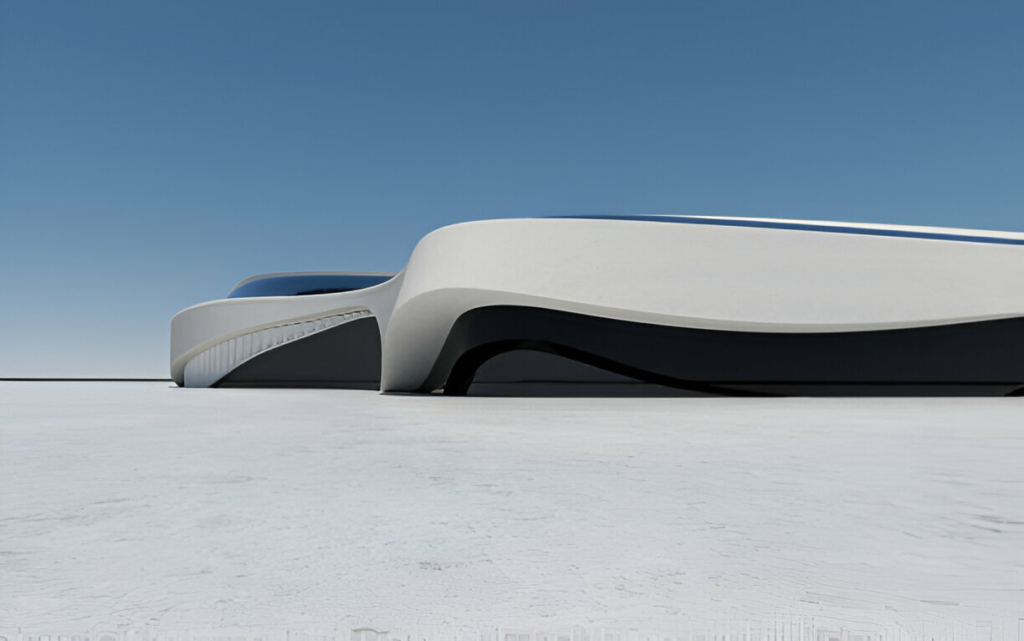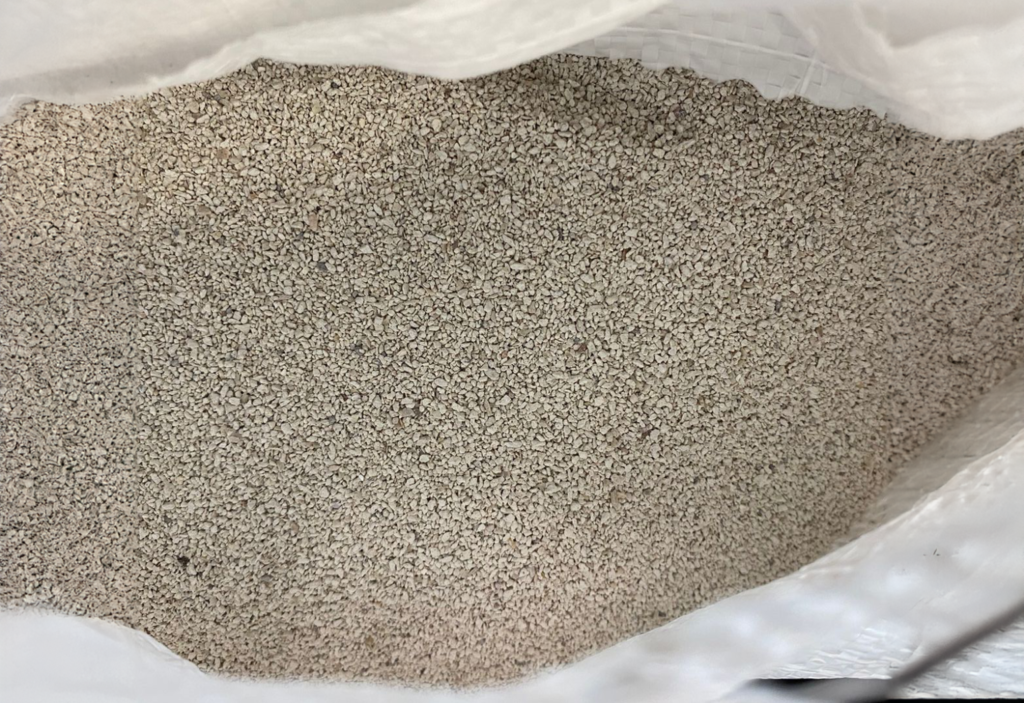The objective of this study is to analyze the physical and mechanical properties of natural zeolite as a supplementary cementitious material to Portland cement in the production of structural concrete. This approach is considered an ecological proposal to mitigate the pollution produced by cement manufacturing. Effects of zeolite as a material in concrete and cement.
Properties such as density, fineness, and particle size distribution of zeolite were evaluated, in addition to the setting time and compressive strength of concrete specimens with different percentages of cement substitution by zeolite.

The construction industry heavily relies on Portland cement, whose production generates a significant amount of greenhouse gases, contributing to global warming. Therefore, the search for alternative materials that can partially or completely replace Portland cement is essential for developing more sustainable construction practices.
In this context, zeolite, a natural aluminosilicate, has shown potential as a supplementary cementitious material.
Physical and Mechanical Properties of Zeolite
Tests determined that zeolite has a density of 2.404 g/cm³, compared to 2.892 g/cm³ for Portland cement type GU (CGU). The specific surface area of zeolite is 569 m²/kg, higher than the 476 m²/kg of CGU, suggesting greater filling and compaction capacity in concrete.
Particle Size Distribution and Setting Time
Hydrometer particle size analysis revealed that the average particle size of zeolite is 3.54 μm, slightly smaller than the average particle size of cement (3.97 μm). This characteristic allows for better adhesion and lower permeability of concrete.

Zeolite influences the setting time of cement, delaying the hardening process and loss of plasticity. Tests showed that the setting time increases proportionally with the percentage of zeolite substitution, complying with performance standards established for hydraulic cements.
Compressive Strength
Concrete specimens modified with zeolite demonstrated lower compressive strength compared to control mixes; however, they showed a linear increase in strength as curing time progresses. At 28 days, the maximum strength obtained was 19.5 MPa with a 10% substitution of cement by zeolite.
Applications and Benefits of Zeolite in Construction
Zeolite serves many functions in the construction industry, including improving concrete and EMI shielding, eco-friendly paints, and even vacuum insulation panels. Since ancient times, zeolite tuffs have been a widely used additive in construction materials. In the cement industry, natural zeolite is a popular pozzolan (reacts with calcium ions or calcium hydroxide in the presence of water) used as a cement blending material.

Additionally, zeolite tuffs contain small pores and channels with large internal and external surface areas, a characteristic that allows them to absorb up to 30% of their weight in water (Markiv et al., 2014). Together, these properties provide zeolite additives with the ability to increase concrete compressive strength and improve durability by reducing concrete permeability (Markiv et al., 2014).
Several studies have examined how to reduce the amount of cement required in concrete production, both from economic and environmental perspectives. Natural zeolite is a raw material that has proven effective as a partial substitute for Portland cement. A study by Sedlmajer et al. (2015) examined the properties of concrete containing natural zeolite as an active additive. The researchers composed individual concrete mixes based on gradual increases in Portland cement substitution with natural zeolite.
Case Studies on Effects of Zeolite as a Material in Concrete and Cement
All additives (containing zeolite) were compared to a reference concrete where only Portland cement was used. The zeolite dosage, containing 45% clinoptilolite and 35% amorphous phase, ranged from 7.5% to 30% of the cement mass.
The results indicated that zeolite is an active mixture that contributes to the formation of microstructure and improvement of required properties of hardened concrete. The researchers concluded that «finely ground natural zeolite seems to be a suitable raw material in the production of concrete with which it is possible to partially replace Portland cement» (Sedlmajer et al., 2015, p. 528).

An article by Jana (2007) examined clinoptilolite zeolite as a pozzolan and replacement for Portland cement in concrete mixes. Findings indicated that the most significant effects of zeolite are a reduction in chloride permeability, a significant reduction in expansion due to alkali-aggregate reaction, and better resistance to acid and sulfate attacks (Jana, 2007). Ahmadi and Shekarchi (2009) conducted an experiment testing the effectiveness of zeolite and silica fume in improving the mechanical and durability properties of concrete.
They measured both pozzolanic reactivity and the ability to substitute cement in different proportions in concrete mixes.
Experimental tests included slump, compressive strength, water absorption, oxygen permeability, chloride diffusion, and electrical resistivity of concrete. The results indicated that concretes containing zeolite were comparable to or of higher quality than concretes prepared with silica fume.
Conclusions
- Zeolite can be used as a supplementary material to cement, providing an ecological proposal for the reduction of CO₂ emissions.
- Although the compressive strength of the modified mixes is lower than that of traditional concrete, the gain in strength over time and the improvement in workability and compaction of concrete justify its use in applications with lower strength requirements.
- Further studies are needed on the durability of concrete modified with zeolite and the compatibility between different types of zeolite and available cements.
References
- Rodríguez Villavicencio, Gonzalo David. «Efectos de la Zeolita como Material Suplementario del Cemento Portland en la Resistencia a Compresión del Concreto Estructural.» Universidad Técnica de Ambato, 2021.
- Markiv, T., et al. «Properties and applications of zeolite in construction.» 2014.
- Sedlmajer, et al. «Zeolite as an additive in concrete.» 2015.
- Jana, «Clinoptilolite zeolite as pozzolan and Portland cement replacement in concrete.» 2007.
- Ahmadi & Shekarchi, «Effectiveness of zeolite and silica fume in improving concrete properties.» 2009.

